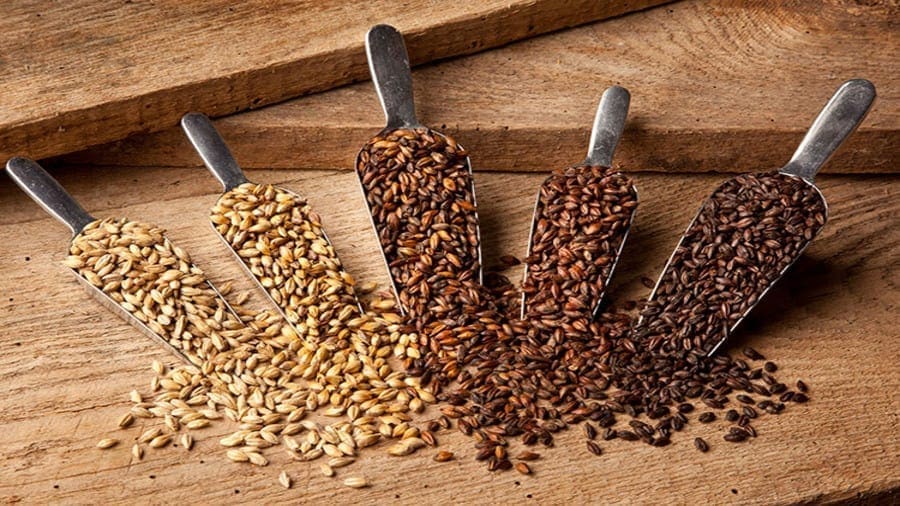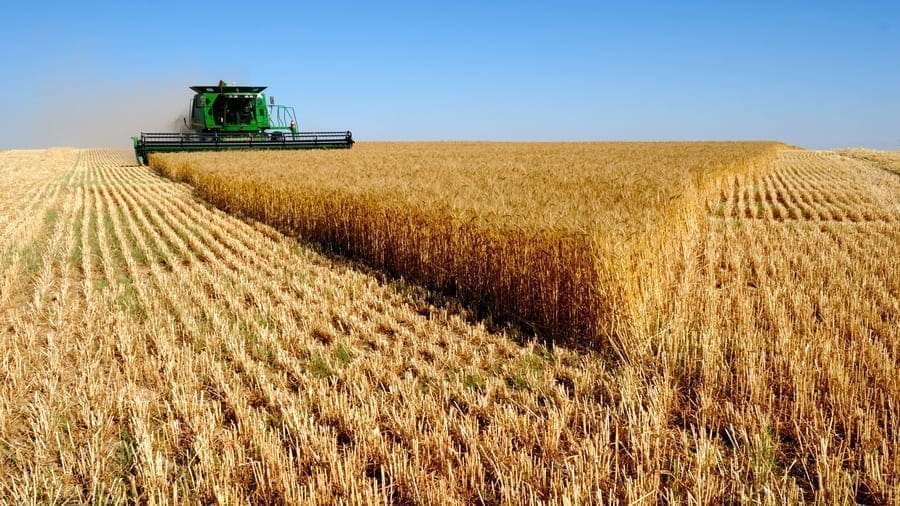ALGERIA – Algeria’s cereal import bill dropped 12% to US$2.1 billion in the nine months to September 30, down from US$2.4 billion in the same period last year.
Algeria, one of the world’s biggest grain importers, has been trying to cut expenditure on purchases of cereals and other goods after a fall in energy earnings.
The government in November decided to reduce its soft wheat imports to 4 million tonnes a year, from the current 6.2 million tonnes through its costly subsidized bread programme.
The move is designed to “preserve foreign currency and reduce Algerian imports of cereals, especially soft wheat”, the government said in a statement.
The import ceiling reflected a government estimate of the actual needs of the domestic market for soft wheat at 4 million tonnes.
In July the government removed the head of state grains agency OAIC after a corruption investigation and has also closed some of the country’s 500 flour mills.
After the closure of 45 mills, more than 300 others are under investigation, an agriculture ministry source said.
OAIC also refrained from any wheat imports in October, breaking with its usual practice of holding tenders every calendar month.
However, traders remained sceptical about Algeria’s ability to reduce wheat imports so steeply, given low domestic production and the importance of its subsidized bread programme.
OAIC held an import tender for soft wheat recently, with traders reporting that the agency bought about 500,000 tonnes at US$223- US$224 a tonne including freight.
According to figures from Ministry of Agriculture (MoA), the Algeria’s (Marketing Year) MY2018/19 cereals production reached 6.05 million metric tonnes, a 74.4% increase compared to last year’s 3.47MMT.
The Ministry attributed the production level to favourable climatic conditions as well as government support through loans, seeds, equipment and other technical support for crops.
It was also helped by adequate rainfall as most of the grain production areas benefited from good precipitations, enabling good crop conditions.
Efforts by government to increase yields have proved productive given that cereal yields have increased from 0.8 MT/ha in the 1980’s to 1.2 MT/ha in 2000 to 1.9 in 2017.
This was helped by increased use of locally produced certified seeds for all grains as well as increased use of inputs, especially fertilizers.










